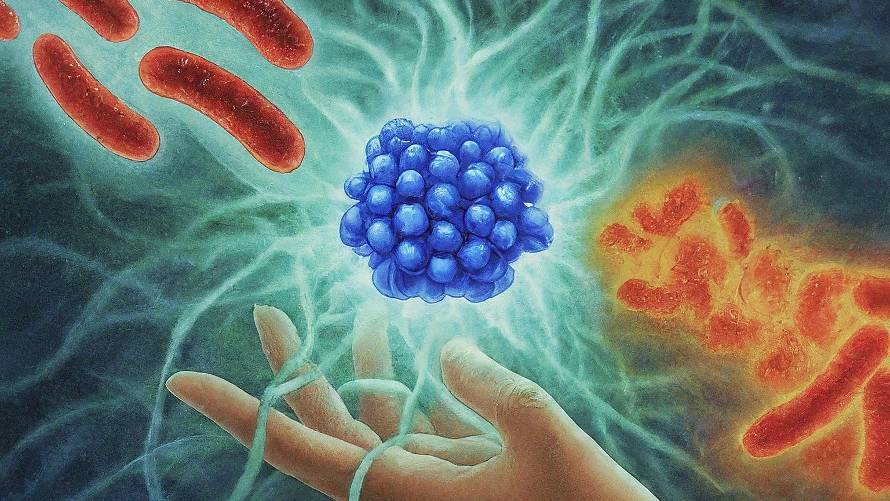Researchers at Stanford Medicine and McMaster University have developed a new artificial intelligence (AI) model called SyntheMol that has created six novel drug compounds aimed at combating antibiotic-resistant strains of Acinetobacter baumannii, a leading cause of antibiotic resistance-related deaths. The study, published on March 22 in the journal Nature Machine Intelligence, showcases the potential of generative AI in accelerating the development of new antibiotics.
With nearly 5 million deaths linked to antibiotic resistance globally every year, finding new ways to fight resistant bacterial strains is a pressing public health concern. “There’s a huge public health need to develop new antibiotics quickly,” said James Zou, PhD, an associate professor of biomedical data science and co-senior author on the study. “Our hypothesis was that there are a lot of potential molecules out there that could be effective drugs, but we haven’t made or tested them yet. That’s why we wanted to use AI to design entirely new molecules that have never been seen in nature.”
Previous computational approaches to antibiotic development involved searching through existing drug libraries to identify compounds that might be effective against a given pathogen. However, this method only scratched the surface of the vast chemical space that could potentially yield antibacterial properties. “Chemical space is gigantic,” said Kyle Swanson, a Stanford computational science doctoral student and co-lead author on the study. “People have estimated that there are close to 1060 possible drug-like molecules. So, 100 million is nowhere close to covering that entire space.”
To address this challenge, the researchers trained SyntheMol to construct potential drugs using a library of more than 130,000 molecular building blocks and a set of validated chemical reactions. The model not only generated the final compounds but also provided the steps taken with the building blocks, effectively creating recipes for producing the drugs. Additionally, the model was trained on existing data of different chemicals’ antibacterial activity against A. baumannii to ensure the generated compounds would be effective against the bacteria.
SyntheMol generated around 25,000 possible antibiotics and their recipes in less than nine hours. The researchers then filtered the compounds to only those that were dissimilar from existing ones to prevent the bacteria from quickly developing resistance. They chose the 70 compounds with the highest potential to kill the bacterium and collaborated with the Ukrainian chemical company Enamine to synthesize them. Of the 58 compounds successfully generated, six were found to kill a resistant strain of A. baumannii when tested in the lab. These new compounds also showed antibacterial activity against other kinds of infectious bacteria prone to antibiotic resistance, including E. coli, Klebsiella pneumoniae, and MRSA.
Further testing of two of the six compounds in mice showed no signs of toxicity, paving the way for future studies to evaluate their effectiveness in treating A. baumannii infections in living organisms. The six compounds generated by SyntheMol are vastly different from each other and from existing antibiotics, offering new insights into the molecular mechanisms behind their antibacterial properties.
“This AI is really designing and teaching us about this entirely new part of the chemical space that humans just haven’t explored before,” Zou said.
The researchers are now refining SyntheMol and broadening its reach, collaborating with other research groups to use the model for drug discovery in heart disease and to create new fluorescent molecules for laboratory research.
The development of these AI-designed antibiotics represents a significant step forward in the fight against antibiotic resistance, offering hope for the millions of people affected by resistant bacterial strains worldwide. As the field of generative AI continues to advance, its potential to revolutionize drug discovery and address pressing public health challenges becomes increasingly evident.


